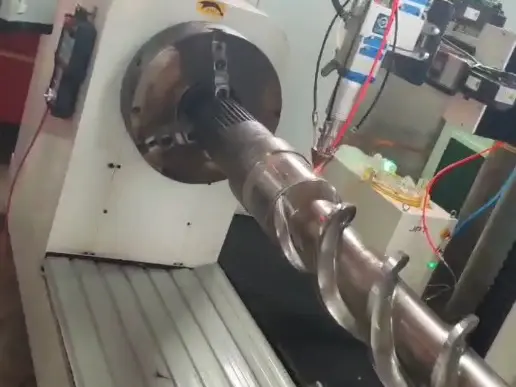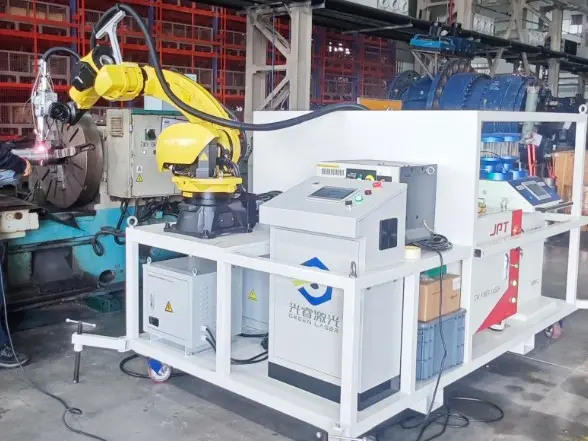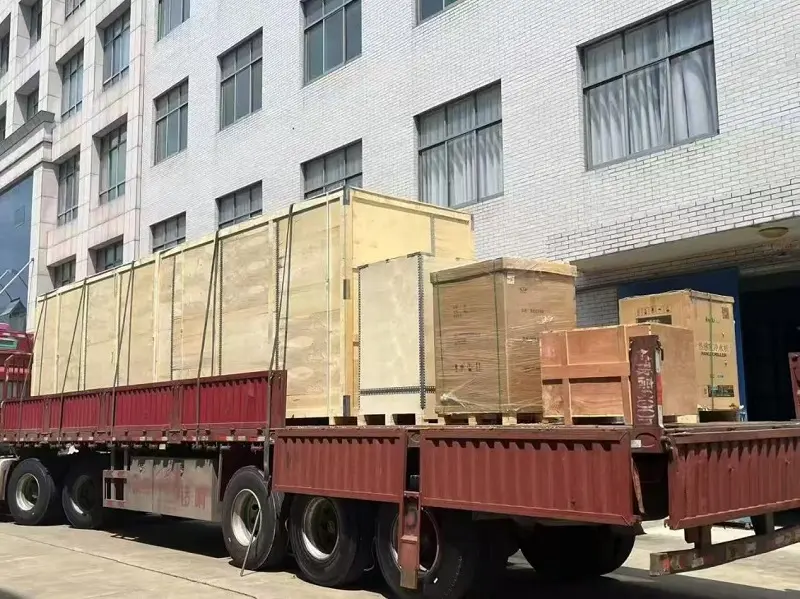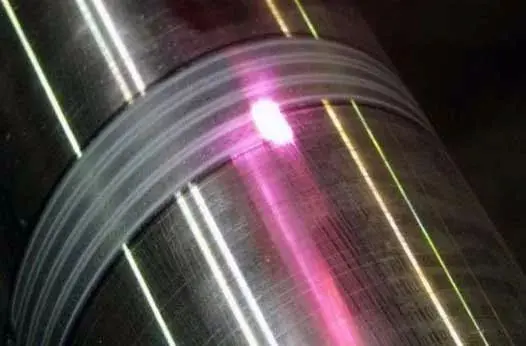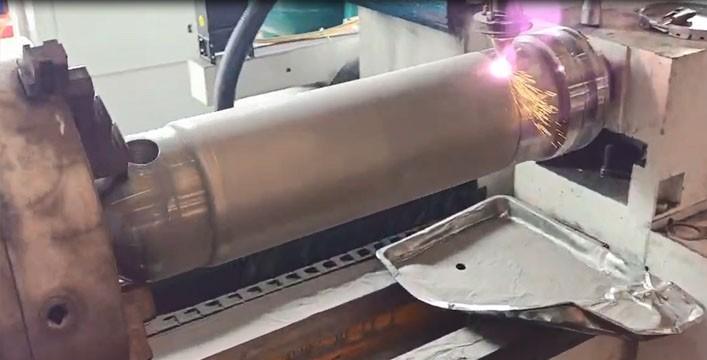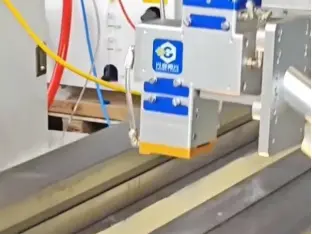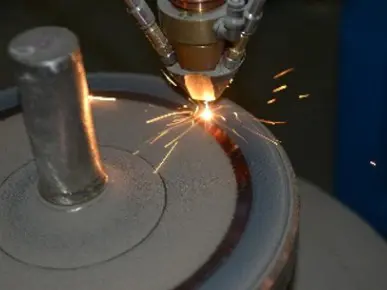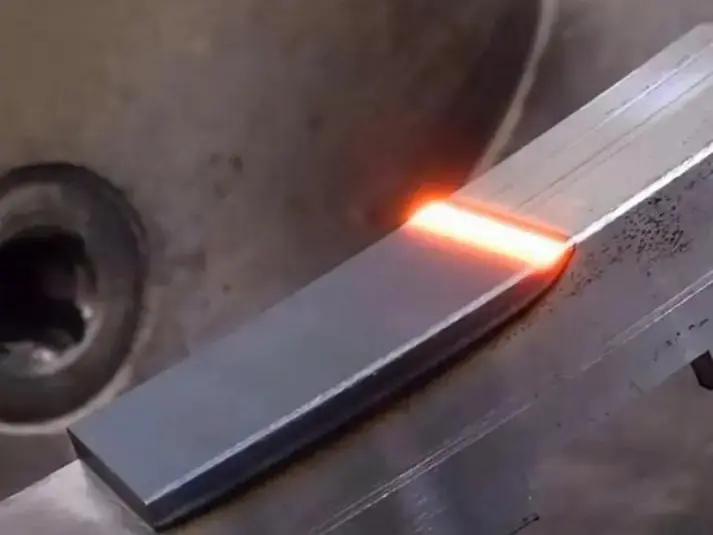News

Laser cladding: the "regeneration" of precision components of aero-engine
Aerospace engines, hailed as the "crown jewel" of modern industry, endure relentless challenges with their core components like high-pressure turbine blades and transmission gears. These critical parts constantly withstand extreme temperatures, pressures, and rotational speeds.

Laser cladding technology is very practical in motor maintenance
During the maintenance and repair of motors, parts often become dimensionally unsuitable due to long-term operation, wear, or improper assembly. For example, the bearing seat of the motor shaft becomes smaller due to wear, and the bearing chamber becomes larger due to looseness.

Laser cladding technology: a revolutionary breakthrough in ship corrosion protection
Ship corrosion remains a significant challenge in the global shipping industry. According to statistics, global direct economic losses from ship corrosion exceed $100 billion annually. The performance limitations of traditional anti-corrosion coatings in the extreme marine environment have made the search for more advanced protection technologies a pressing need.

Advantages of laser cladding processing of sucker rods
Sucker rods are an indispensable and important tool in the process of oil extraction. They work in harsh environments for a long time and are susceptible to various damages such as wear and corrosion, which shortens their service life and increases the frequency of replacement, bringing considerable cost pressure to oil field production.

The difference between iron-based powder and nickel-based powder for laser cladding
In the laser cladding of cast iron parts, the choice of iron-based powder and nickel-based powder directly affects the performance, application scenarios and cost of the cladding layer. The core difference between the two is reflected in the composition, performance, process adaptability and application scenarios, as follows:
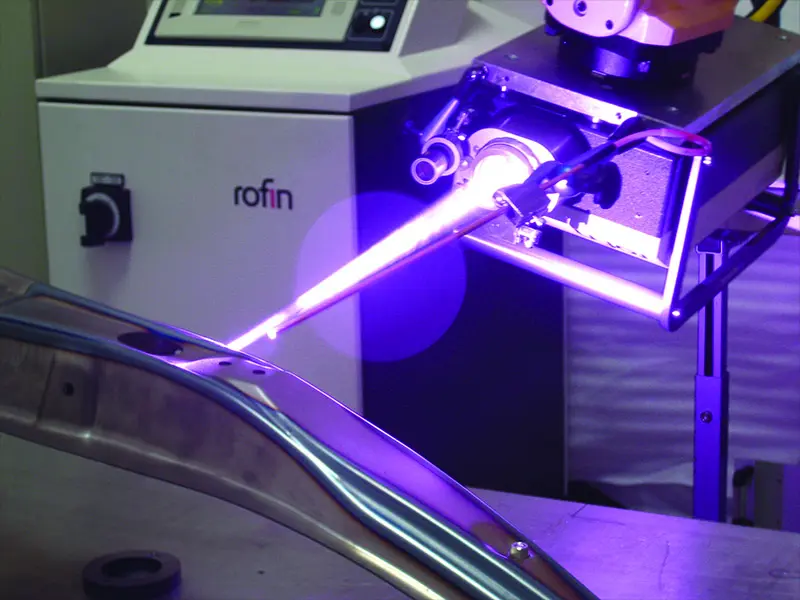
Benefits of Using Mobile Laser Cladding Equipment
Laser cladding has long been recognized as a technology that combines low cost with a multitude of remarkable advantages. At its core, it has the remarkable ability to apply a layer of high - performance alloy onto the surface of workpieces. This thin yet powerful alloy layer acts as a shield, significantly enhancing the wear resistance, corrosion resistance, and overall durability of the workpieces, thereby substantially extending their service life.
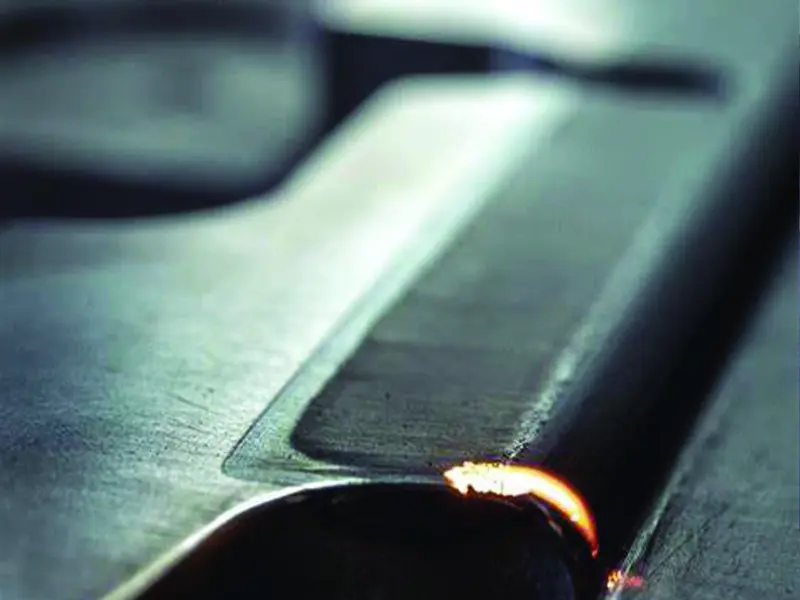
Basic Characteristics of Laser Cladding Technology
Laser cladding technology, a highly advanced surface modification technique, can be comprehensively categorized into two primary types according to the powder feeding process: the powder presetting method and the synchronous powder feeding method. Despite sharing similar end - results, the synchronous powder feeding method stands out with several significant advantages. It enables seamless automation control, which is crucial for large - scale industrial production.
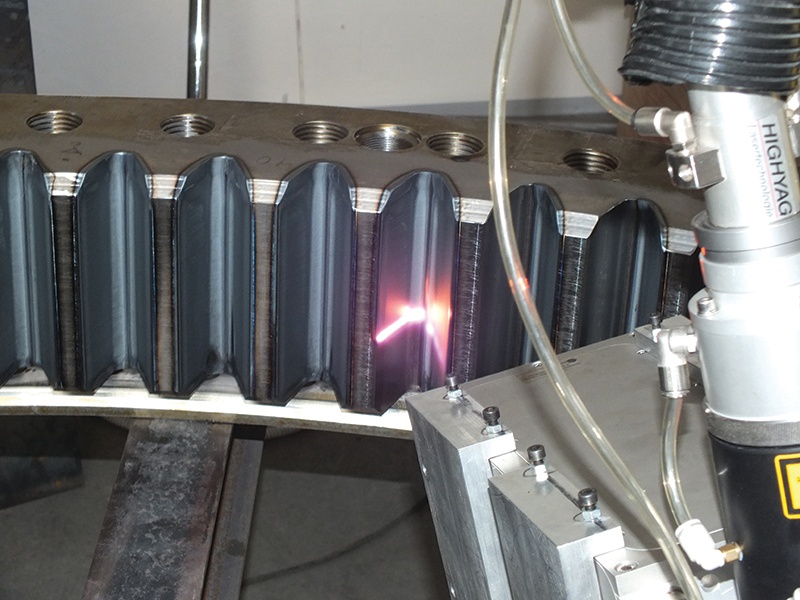
In-depth Analysis of Laser Cladding Process: Principles, Classification and Material Selection
Laser cladding technology represents a cutting-edge surface engineering technique. Its principle lies in carefully positioning a chosen coating material onto the surface of the substrate in diverse filler forms. As a high - energy laser beam irradiates the area, not only does the coating material melt, but also a thin layer of the substrate's surface is melted simultaneously.

